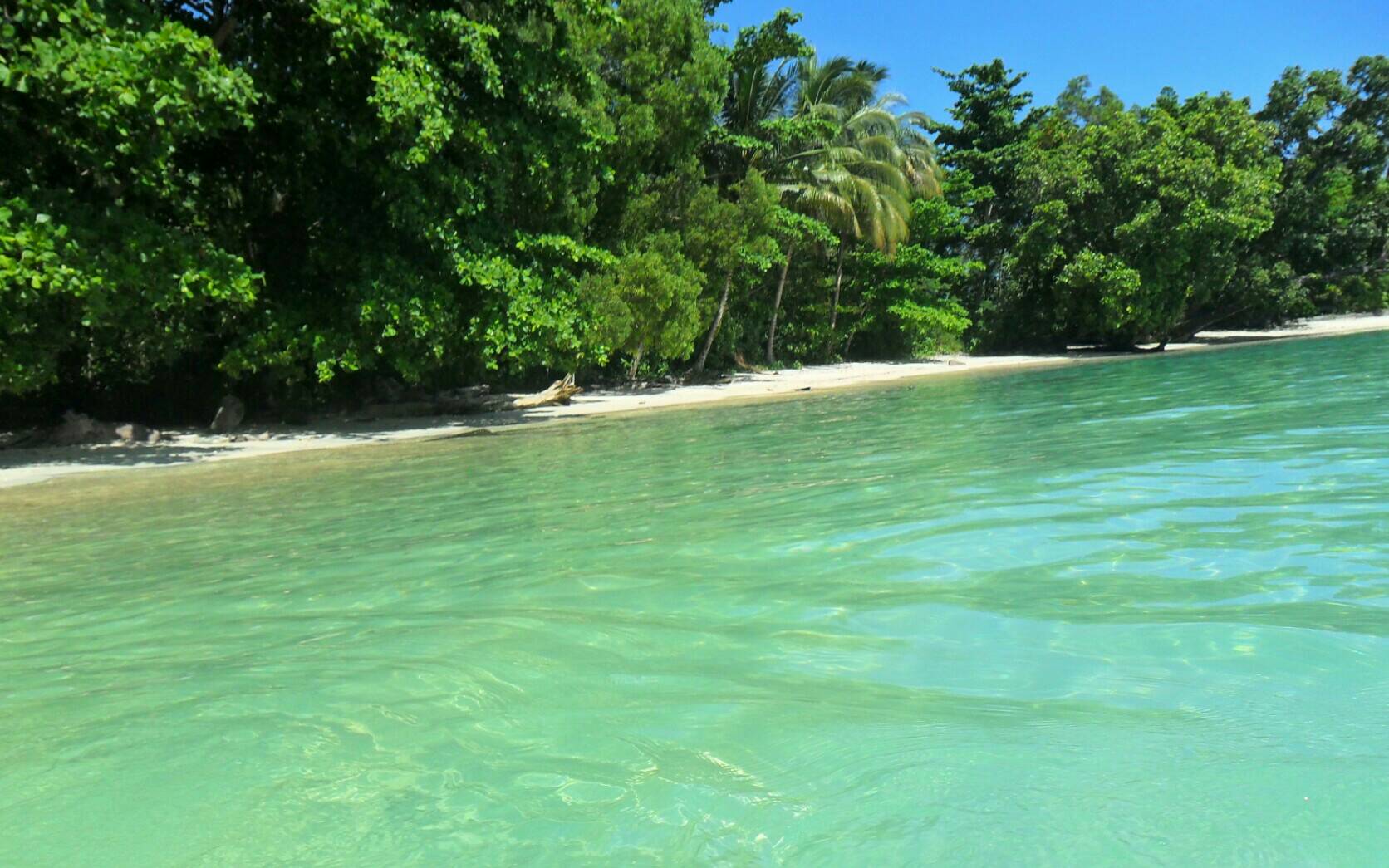Completed: 2012-2018
Adaptation Fund Project
In Papua New Guinea’s North Coast and Islands regions, coastal flooding is the most important climate change-related hazard. It threatens both coastal populations and important economic centers, including provincial capitals and economic. In the hinterland areas, climate change-related inland flooding is the most pressing hazard with the largest potential for widespread damage. The lack of water impoundments and/or water reticulation schemes serves to increase the vulnerability of the largely agrarian communities.
This project (2012 – 2018) sought to strengthen communities’ abilities to make informed decisions about and adapt to climate change-driven hazards that affect both coastal and riverine communities. In particular, it focused on resilience towards occurrences of coastal and inland flooding events in the North Coast area (population: 1.8 million) and the Islands Region (population: 750,000).
For Tales of climate change impacts, resilience and adaptation in Papua New Guinea using an innovative mapping tool, click here.

